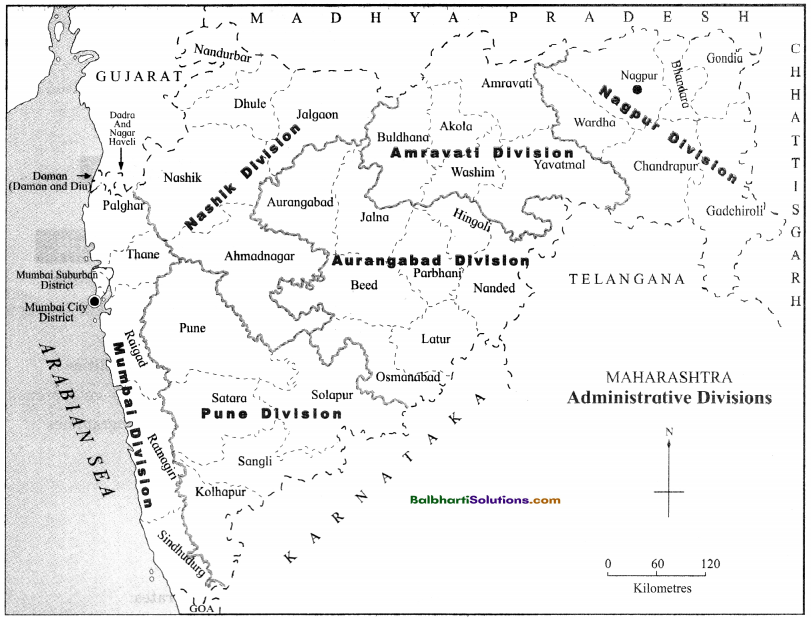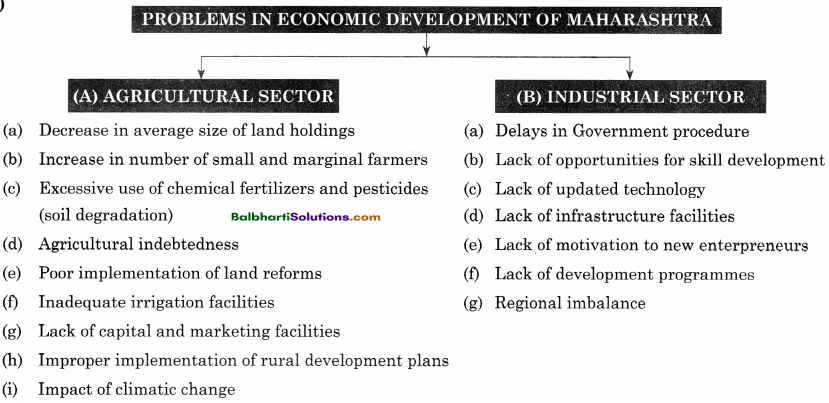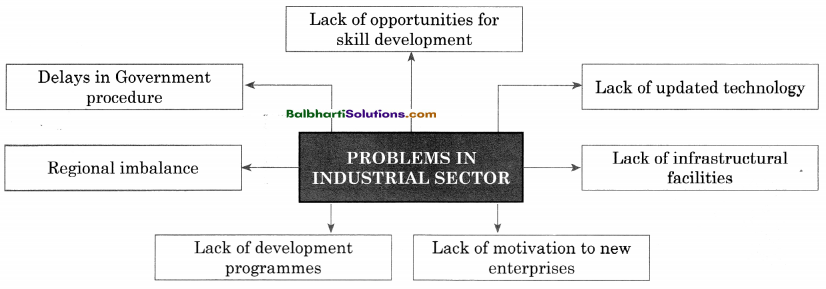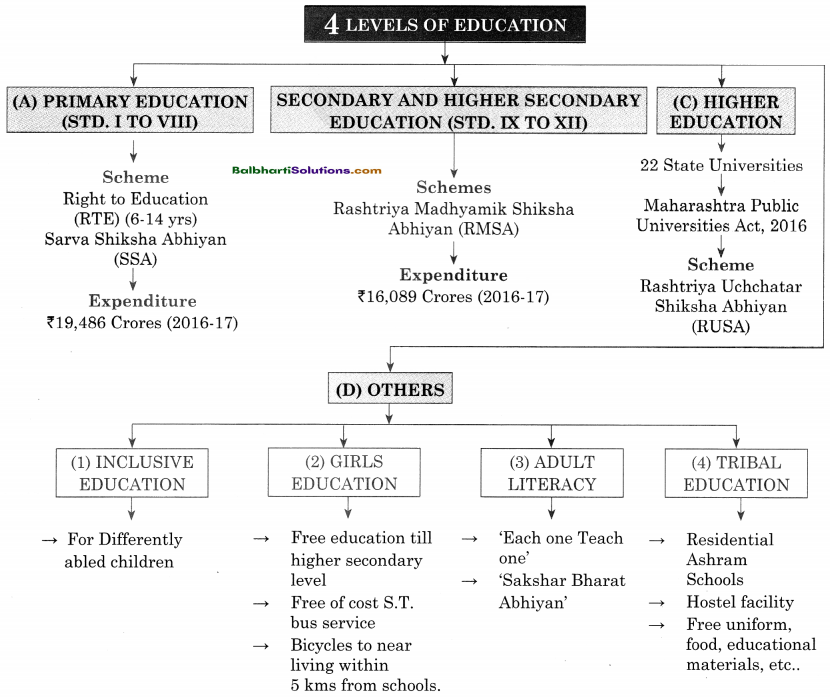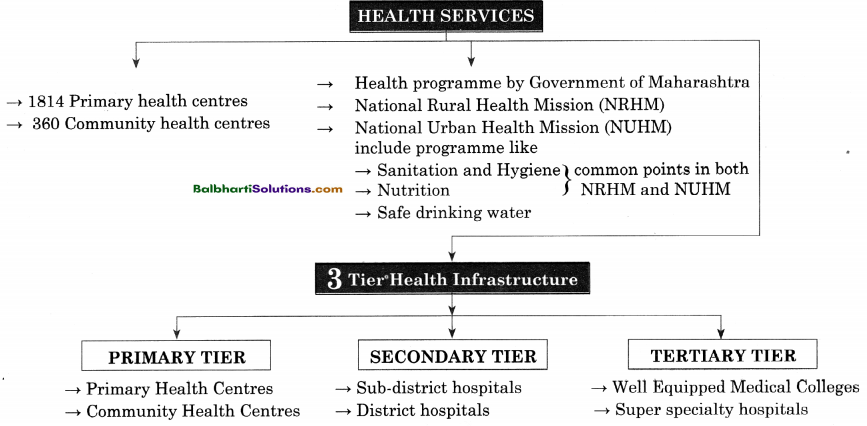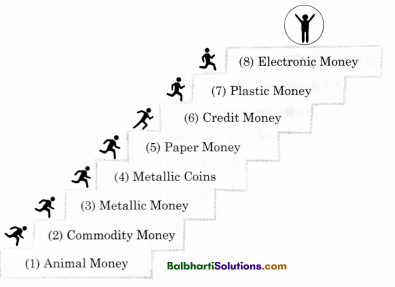By going through these Maharashtra State Board Class 12 Political Science Notes Chapter 2 Key Concepts and Issues Since 1991: Globalisation students can recall all the concepts quickly.
Maharashtra State Board Class 12 Political Science Notes Chapter 2 Key Concepts and Issues Since 1991: Globalisation
Introduction Meaning of Globalisation:
Globalisation refers to the rapid spread of goods and services, technology and information, ideas and culture, trade and interactions across the world. It is the connection of different parts of the world, resulting in the expansion of international cultural, informational, economic and political activities.
In the early 1990s, the term globalisation was used to include economic, political, sociocultural, technological and ideological changes that occurred in the world in the post-Cold War era. The world has become more interconnected due to advances in technology and communication. Events in one part of the world have an impact on other parts of the world. Changes have taken place economically and culturally.
Economic Issues:
Some economic changes that have occurred due to globalisation are –
Free flow of finance and capital – Investments provide finance and help to build industries. Indian companies, both private for e.g., Tatas and government e.g., ONGC have invested in many countries in Asia, Africa and Europe. Foreign companies have also invested in India in sectors like power plants, infrastructure projects, consumer food chains, etc. This free flow of capital is both ways i.e., India to foreign countries and vice-versa. Foreign investment especially in the infrastructure sector is essential.
Change in the concept of trade
→ WTO – It was established in 1995 to replace GATT. WTO is the only agency that oversees the rules of international trade, settles trade disputes and organises trade negotiations and agreements.
→ The scope of the term ‘trade’ has widened to include not only traditional commodities like fruits, grains, minerals, oil, etc. but also services like banking, insurance and intellectual property like trademarks.
→ Use of container cargo ships to carry huge amount of goods all over the world.
→ Rise of Transnational companies for e.g., Nestle, Unilever are transnational companies that operate in India. Even Indian multinational companies like Wipro, Bajaj, etc., are doing well.
This affects the economy as follows –
→ Labour market – MNC’s recruit skilled and semi-skilled employees for e.g., Indian labour is employed in West Asia, Europe, USA, etc., in industrial and service sectors.
→ Small shops and industries – Those stores which are efficient, continue to thrive while some industries either sell out to MNC’s or shut down.
→ Agricultural sector- Many MNC’s have introduced new technology and opened up direct markets for Indian agricultural products for e.g., India exports spices, fish, etc., to many nations.
![]()
Idealogical Issues:
During the Cold War, East European nations, Soviet Union and China followed socialist ideology where the public sector was important. USA and West European countries were capitalist and so the private sector was important. India followed Democratic Socialism and a ‘Mixed Economy’ where both public and private sector co-existed in the economic system.
Today, there is only one dominant ideological and economic system i.e., market economy. However, the nature of the market economy is determined by the ideology of that country for e.g., USA has ‘capitalist market economy, many West European countries have ‘welfare market economy’, China has ‘socialist market economy. The Indian system is based on ‘economic liberalism’
Technological Issues:
Rapid advances in global communication such as internet, satellite communication etc., brought in revolutionary changes in our lives. The internet has provided search engines like ‘Google’ to find out information and has enabled social networking through micro media like Instagram, Skype, etc.
All these technologies are transnational and may be positively inclined e.g., NGO’s working for humanitarian issues or negatively inclined such as terrorist organisations.
Social and Cultural Issues:
Today, a ‘global cosmopolitan culture’ has emerged i.e., movement of people across the world and public awareness of global issues. This is noticed in matters like values e.g., secularism, clothing, food choices, ways of celebrating festivals, etc. There is international awareness of India’s rich cultural and historical heritage.
Similarly, westernisation and urbanisation have influenced Indian society e.g., breakup of the traditional joint family and rise of individualism and materialism in the country.
![]()
Political Issues:
Importance of Democracy – Disintegration of Soviet Union and the revolutions in East European countries signified the end of communism and a move towards democratic systems. Today, concepts like Participatory State, Good Governance, etc., have become important.
A participatory State indicates that all sections of society participate in policymaking and in the democratic process. Good governance focuses on the role of civil society in the functioning of an accountable, responsible and responsive government.
Position of the State – Under globalisation, sovereignty of the State, which is closely linked to its jurisdiction appears to be challenged internally and externally. Internal challenges include activism of non-state actors, rise of divisive factors, decline of national consensus, etc while external challenges include rise Of regional economic organisations, growing humanitarian concerns, etc.
Non-State actors – Today, not only States but also non-state actors like NGO’s, pressure groups, etc. Play a significant role in international affairs and in promoting humanitarian issues.
Human Rights – Protection and promotion of human rights is an important issue in the age of globalisation. Countries interpret human rights in accordance with their history, culture, economy and polity, Many nations, including India lay stress on social justice before full enjoyment of civil and political rights.
It is often argued that the role and importance of the State is slowly reducing, However, the State is still the pivot in domestic and international spheres.
![]()
Evaluation Of Globalisation:
Positive aspects
- Better communication and interconnection.
- New employment opportunities.
- Better choice of goods and services to the consumer.
- Wider investments and scope of expansion of industries.
Negative aspects
- A fear that the State’s welfare activities in fields like education, health, etc. will be diminished.
- Fear that international competition will cripple small, local businesses.
